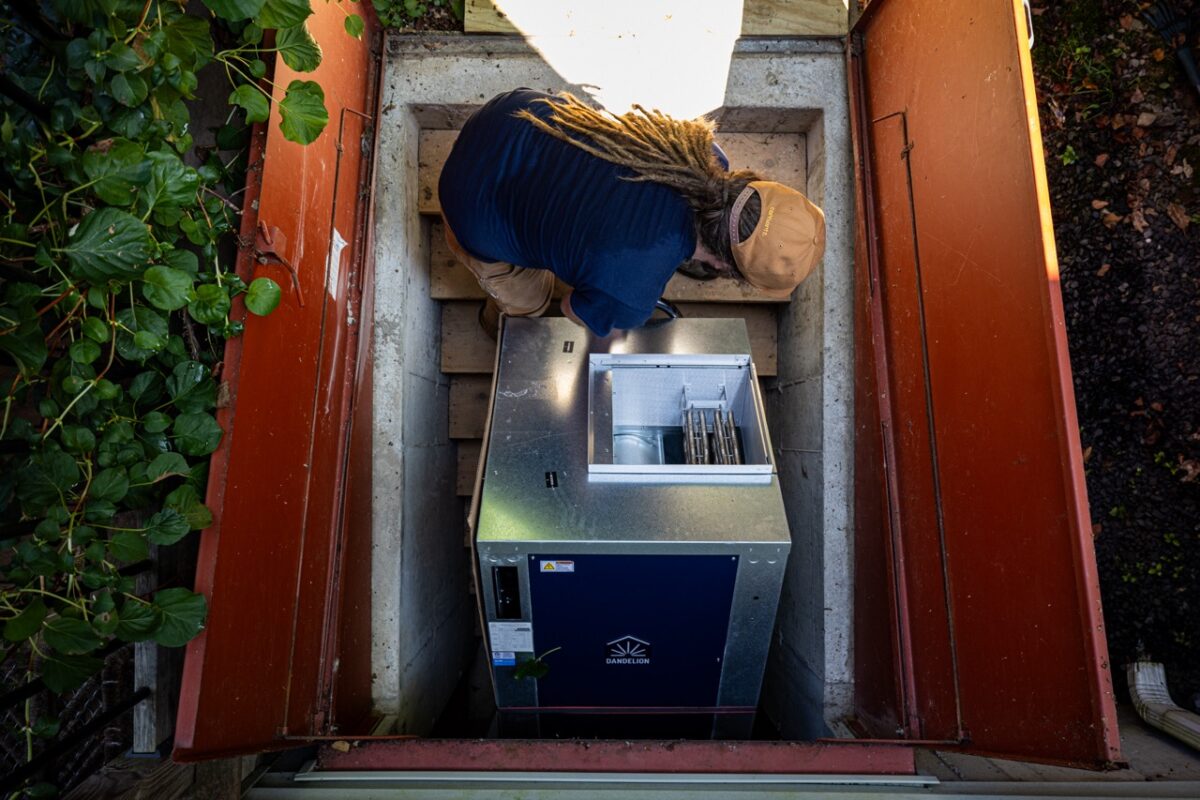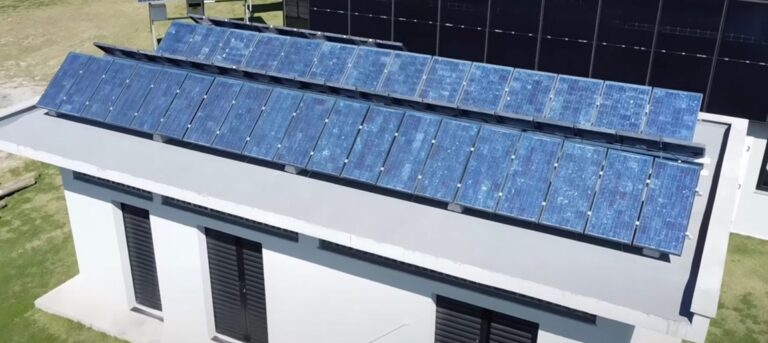What happens to a solar panel after its expected lifespan of 25 years? With approximately 2 TW of rooftop and utility-scale solar already deployed worldwide, and many of them retiring before fifteen years of operation, the number of discarded PV modules is growing every year. As PV modules are becoming cheaper day by day and with the constant improvement of PV module efficiency, many utility-scale PV power plants are starting to be re-powered even before they reach the expected lifespan of 25 years. Many of these modules are still performing well. Can they be used for a second life to provide solar power for a few more years?
The International Energy Agency (IEA) predicted in 2020 that the global cumulative installed capacity of solar photovoltaics will 1 TWp in 2025 (PVPS TASK, 2020). However, before the end of 2024, this figure will have doubled to more than 2 TW. Recent forecasts for energy production indicate that a large increase is necessary, with a target of 75 TW of global PV capacity by 2050 to limit global temperature rise to 1.5 degrees Celsius and mitigate the effects of climate change.
It is widely recognized that solar photovoltaics (along with large-scale onshore wind energy) is the most sustainable and cheapest energy conversion technology. The global use of solar energy must increase approximately 40 times more than now to make the world completely carbon-free. This will be achieved in the year 2042 if the current growth rate of 20% per year continues.
The growth of PV generation on a global scale will inevitably result in a significant amount of waste from PV modules in the future. On the other hand, solar energy avoids carbon dioxide emissions. Each kg of solar panel generates approximately 0.9 MWh over its lifetime, avoiding approximately 900 kg of carbon dioxide from coal combustion – a ratio of 900:1. This calculation assumes a future PV module mass of 25 W/kg (excluding frame), a capacity factor of 16% and a module lifespan of 25 years.
If we assume that 10 billion people need 100 TW of solar PV (10 kW each) to decarbonize the global economy, then 400 W of solar panels per person will be retired annually. This amounts to 16 kg of solar panel waste per person per year, most of which is glass with a small amount of plastic, silicon and metals. The current glass waste stream in the US is approximately 11 million tons or 32 kg per person. For example, solar energy adds 50% to the existing waste stream, while avoiding the emission of a 900 times greater mass of carbon dioxide. The future solar panel waste of 16 kg per person per year is only 2% of the 800 kg per person per year of annual solid waste in the US.
In summary, waste from solar panels is a minor problem. However, is there an alternative to ditching solar panels? Do PV modules still have useful energy generation capabilities after retirement? Research is underway that proposes a circular life cycle for solar panels. The efficiency loss in a photovoltaic module can vary from 0.4% to 5% per year, depending on the climate and materials used.
Production technology aimed at increasing the power of PV modules is developing rapidly. Panels are getting bigger and cell efficiency is also increasing. Between 1980 and 2020, there was a 76% reduction in the weight-to-power ratio of PV modules reaches. This means that new panels can be mounted on existing supporting structures or trackers to produce much more power.
Currently, the predominant technology in the global market is monocrystalline silicon with estimated module power ranging from 550 W to 750 W, up from 350 W in 2019, less than 200 W in 2010 and less than 100 W before 2000. Large amounts of PV modules are being thrown away and there is uncertainty about the technical, economic and social feasibility of reusing them in a second life rather than recycling them directly. Furthermore, there is a lack of policies, standards and methodologies that determine whether the equipment can be reused (second life) or should be recycled. Legislation, such as the WEEE directive in Europeposes a challenge for the reuse market.
Circular economy: reuse and recycle
PV CYCLE is a non-profit membership organization founded in 2007 by the PV industry to manage a wide range of electrical and electronic equipment, including PV modules, batteries, packaging and industrial waste. It provides waste management and legal compliance services for businesses and waste holders and has representatives around the world. A such a member in Brazil has grown 160 times in the last four years and processed 13 tons (430 PV modules = 0.2 MW) in 2020 when the company started collecting waste PV modules, up to 2800 tons (over 91,000 PV modules = 45 MW ) so far in 2024. This growth is expected to reach 4500 tons = 75 MW by the end of 2024; almost 80% of these modules come from large-scale PV power plants. About 10% of discarded PV modules come from distributors (brand new, damaged during transport and handling), and the remaining 10% come from smaller system integrators. SunR is now expanding throughout Latin Americaalso aimed at the large-scale PV power plants that came into operation less than ten years ago.
In 1999, Universidade Federal de Santa Catarina (UFSC) replaced a diesel generator on a small satellite island (Ratones Grande Island) for the main island of Florianopolis, Brazil, with a 5 kW off-grid PV system, shown in the images below. The 10% efficient polycrystalline silicon PV modules operated continuously until 2022, when it was decided to replace them with new modules that were more than twice as efficient to double the installed capacity in the same area at that space-constrained location. After more than 20 years of operating in this offshore environment, most of the 76 PV modules are still rated at approximately 80% of the original rated power. Instead of being thrown away/recycled, they have been reinstalled at the factory location. UFSC solar energy research laboratory and are monitored in a second life, reuse project for PV modules. Social housing programs in Brazil and elsewhere can benefit from very cheap PV modules for a second life, provided their performance and safety can be guaranteed after manufacturer’s warranties are no longer valid. Although this is not yet a common practice, there are several research groups and companies within Europe, the USA And Australiawhere activities in the field of reuse and second lives are developed.
The circular economy of PV modules could include reuse and a second life before final recycling to recover materials for the production of new PV modules. However, with state-of-the-art PV modules with 25- to 30-year warranties under $0.10/W as we have now, the economics of second-life PV modules is a tough ask.
Image: Ricardo Ruther/ISES

Image: Ricardo Ruther/ISES

Image: Ricardo Ruther/ISES
Authors: Prof. Ricardo Rüther (UFSC), Prof. Andrew Blakers/ANU
Andrew.blakers@anu.edu.au
rruther@gmail.com
ISESthe International Solar Energy Association is a UN accredited member NGO founded in 1954 working towards a world with 100% renewable energy for all, used efficiently and wisely.
The views and opinions expressed in this article are those of the author and do not necessarily reflect those of the author pv magazine.
This content is copyrighted and may not be reused. If you would like to collaborate with us and reuse some of our content, please contact: editors@pv-magazine.com.
Popular content



